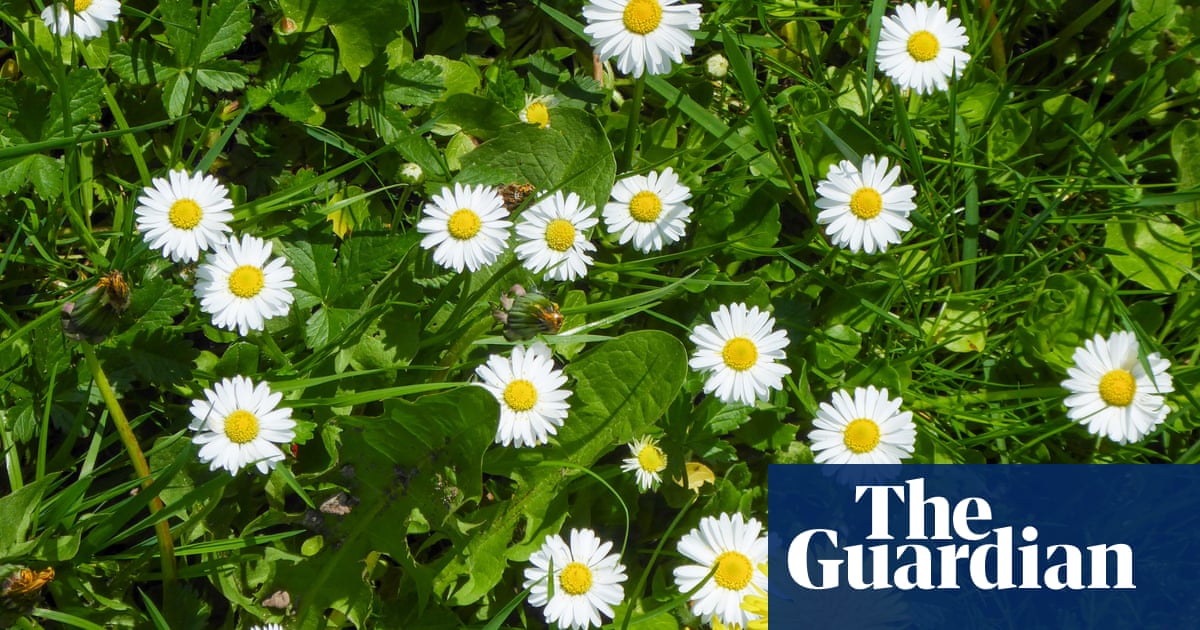
am forever getting into trouble with gardening’s gatekeepers. To date, perhaps the most surprising instance was the really quite lively backlash that occurred when I called gardening “exciting” in an industry talk. According to a flurry of blogposts and social media messages, this was a terrible, even irresponsible, word choice. Gardening apparently is not “exciting”, rather merely “engaging” or “absorbing”. This suggests that, for large parts of the gardening old-guard, there is not only one correct way to garden, but also only one emotion to feel when you are doing it.
To my mind, if you do not feel excited when gardening there are only two possibilities: you either simply see it as outdoor tidying up instead of the wonder of creating artworks from living nature; or you are incapable of feeling excitement, even as the miracle of life is unfolding in front of you.
When I sowed my first packet of seeds, given to me by Santa at a Christmas party when I was six, I vividly remember being absolutely astounded by the pure magic of dry, brown grains exploding into growth within only a couple of days in the tropical heat of Singapore. I am not ashamed to say that, more than 30 years later, I get the same sense of wonder, no matter how many times I do it.
At a time when we are all stuck indoors, we could do with some of that wonder. So, here are some of my favourite seeds to sow, no matter who you are or where you live, to add light, colour, flavour and, yes, excitement, to the dark days of winter.
One of the most rewarding types of plants to grow are micro-greens. Essentially, these are the tiny seedlings of any plant with edible leaves, which can be harvested and eaten at the sprouted stage – basically posh cress. They are a nifty way to get a harvest in as little as five days, turning leftovers from last year’s seed packets into the kind of thing you’d see gracing the plates of fancy restaurants. In addition to the familiarly fiery mustard and cress, radish seeds almost always make great candidates for this treatment, including purple-leaved varieties that give you dazzling burgundy crops of peppery leaves.
For those who like milder flavours, peas and chickpeas provide fresh, sweet leaves, often started from seeds fished from dry supermarket packets. Any herb will work, too – lemon balm, dill, fennel, mint, coriander and parsley all make great sprouts. And for grass-like blades of warm pungency, anything from the onion family is also a good bet, from chives to onions and leeks.
Finally, if you are after something more quirky, try sowing stevia, a herb which contains compounds that taste more than 300 times sweeter than sugar; the little leaves that grow taste as if they have been sprinkled in the sweet stuff.
Growing herbs and baby leaves is a straightforward, low-cost way to marvel at the miracle of creation, that can be enjoyed by anyone with a windowsill – and they have incredible flavour, too.












